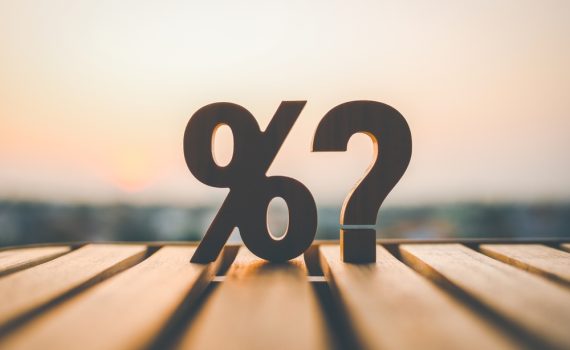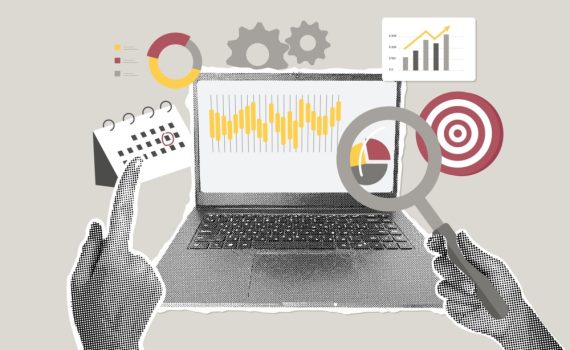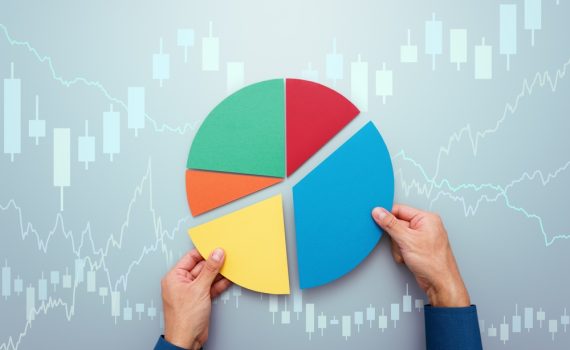The Fed is inching toward neutral territory but keeping its options open—because when you’re driving in the fog, you don’t hit the gas. A December cut “not a foregone conclusion,” was a statement that sent markets scrambling to recalibrate expectations.
State Street Investment Management
US inflation is expected to settle in the upper 2% range through 2026, a level historically linked to strong corporate profits and healthy equity market returns, creating a favorable economic backdrop.
AI investment fuels a $1.1 trillion capex surge in the S&P 500, with IT returns soaring post-tariff. Meanwhile, AI transforms marketing by making high-quality ad creation affordable and narrowing the gap between big brands and small businesses.
The Fed’s glide path to neutral is intact, but late-cycle labor wobbles and sticky inflation keep us cautious: long duration, dry powder, and no heroics. Our base case for a soft landing remains intact, and market movements seem to agree.
Investors are turning to the euro and yen as safe havens amid rising global uncertainty and currency market volatility. Slowing US labor markets, tariffs, and an impending Fed easing cycle weigh on the dollar, adding to a bearish outlook.
Financials may shine post Fed rate cut, with strong fundamentals and earnings growth creating new investment opportunities in the sector.
Chair Powell signals potential rate cuts, UK inflation remains high, Japan’s CPI surprises, and global data releases offer mixed signals on growth, sentiment, and monetary policy direction.
The ECB and BoJ held rates, signaling caution. UK retail sales rebounded slightly, but consumer sentiment and global growth indicators remain mixed, keeping markets on edge.
Despite rising geopolitical risks, tariff threats, and shifting rate expectations, global markets remain resilient—buoyed by strong fundamentals, easing inflation, and tactical policy pivots across major economies.
Amid the noise, August presents a tactical opportunity—if fiscal hurdles clear. With yields shifting, investors may eye short-term moves with cautious optimism.
Structuring equity portfolios to withstand macroeconomic uncertainty means rethinking geographic diversification, focusing on quality stocks, and positioning for secular tailwinds from broadening AI adoption and greater defense spending.
In an environment where uncertainty is the only certainty, building resilient portfolios for a wide range of possible outcomes means diversifying differently with multi-asset strategies, real assets, and gold.











